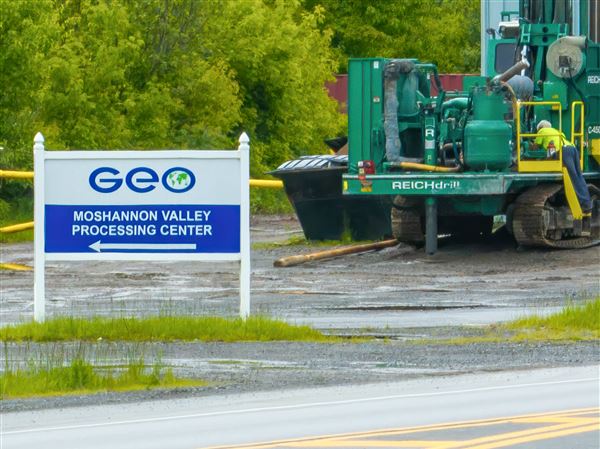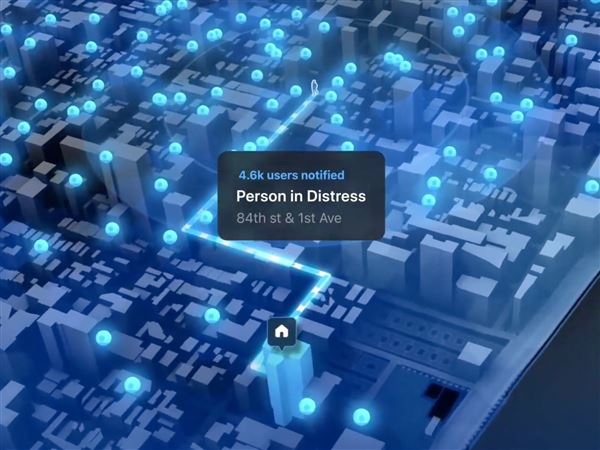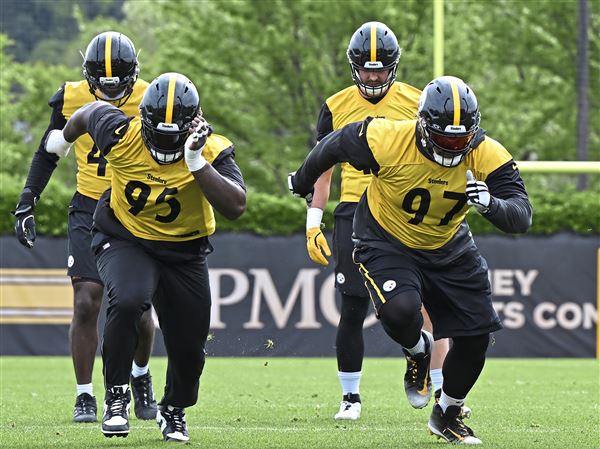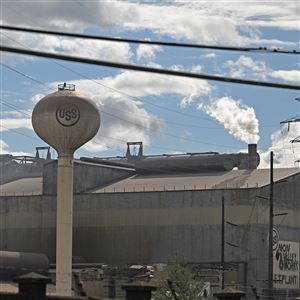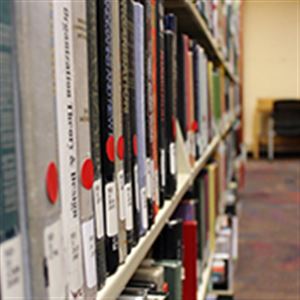By the tens of thousands, Texas student-athletes have been pulled out of class to urinate in a cup for the nation's largest high school steroids testing program.
Boys and girls in all sports, from football to tennis to cross country, have been randomly selected.
The results so far have found little to confirm fears that steroid use is a rampant problem. When the first 10,000 tests found only four positive results, critics declared the two-year program a waste of time and money.
Now state lawmakers must decide whether to keep the $6 million program chugging along, scale it down or eliminate it. The 2009 legislative session starts Tuesday.
The Texas legislator who sponsored the testing bill in 2007 calls it an "incredible success." The point of testing was to act as a deterrent against steroid use, not catch teens using drugs, said Rep. Dan Flynn, a Republican.
"We don't have a bunch of pelts hanging on the wall," Mr. Flynn said. "The success is that we haven't had a lot of positive tests."
Momentum for tests started in 2005. Headlines of steroid use by professional athletes fueled concerns it had trickled down to high schools. Two years later, Republican Lt. Gov. David Dewhurst made a testing program a high priority.
By the end of the current school year in June, officials expect between 40,000-50,000 public school students from all sports to be tested.
Critics rolled their eyes when the first results were released.
According to a University Interscholastic League report released Dec. 1, the first 10,117 tests produced only the four confirmed cases of steroid use. Two of the drugs identified were the anabolic steroid boldenone and a steroid called methylandrostandiol.
Another 22 cases were deemed "positive" results because students broke testing rules. They either refused to provide a urine sample, had unexcused absences the day they were selected, or left the testing area without approval. A positive test brought a 30-day suspension from play for the first offense.
First Published: January 11, 2009, 5:00 a.m.
